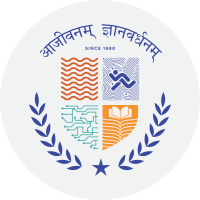Holistic Assessment
Holistic assessment of learners involves an array of tools and assessments (self, peer, and facilitator’s) to develop an accurate picture of the learners’ former and current aptitude and also maps the way to the desired skill levels. Holistic assessment has been found to be closely linked to improving the quality of teaching and learning as it can be used to measure progress against expected standards. The assessment tools are both diagnostic and criterion-referred. The character of the holistic assessment program ensures that the focus shifts from teacher-centred to learner-centred methodologies of both learning and evaluation.
At Prarambhika World School, we use PACE to holistically evaluate our students on a continuous basis. Parents, teachers, and students have real-time access to all the assessment criteria and results, and their true significance.

